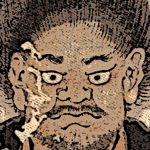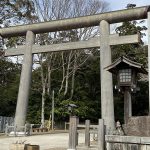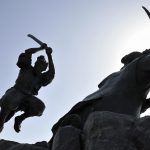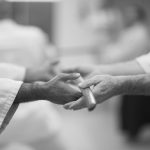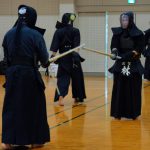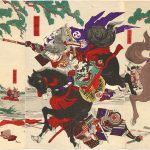
There are “teachings” of martial arts passed down from ancient times, and as we try to dig deeper into how our ancestors taught their skill, today we would like to talk about the theme of the “eye”.
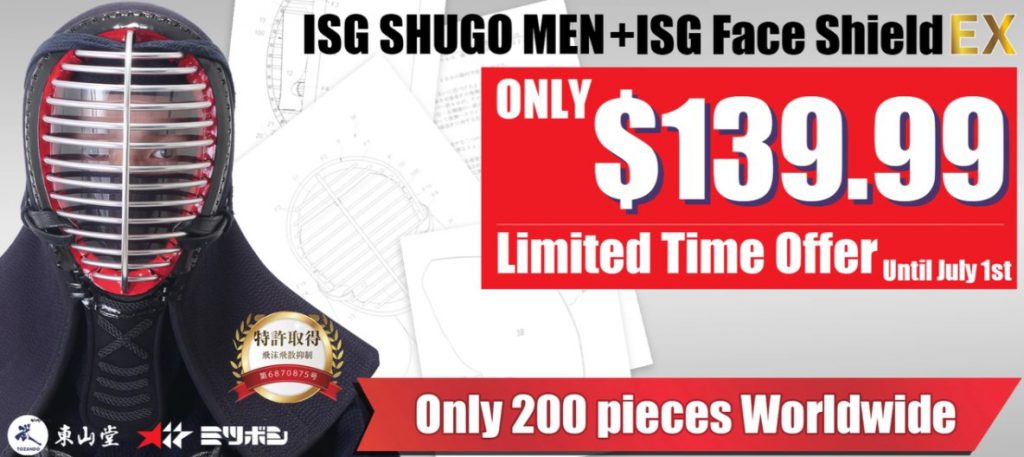
There are many teachings on the “eye” that have been passed down through the generations. “Enzan no metsuke” is a poverb that teachers kendo players that when staring into your opponent’s eyes you should be mindful of the whole scenery as though looking at a far away mountain.
“Kanken no me” means looking at your opponent not with your physical eyes but with the eyes of your heart. In martial arts there are specific, technical instructions on “where to look” as well as mental instructions on “how to look”. Here I would like to pick up some sources from the days of when kendo schools began through to the Showa period.
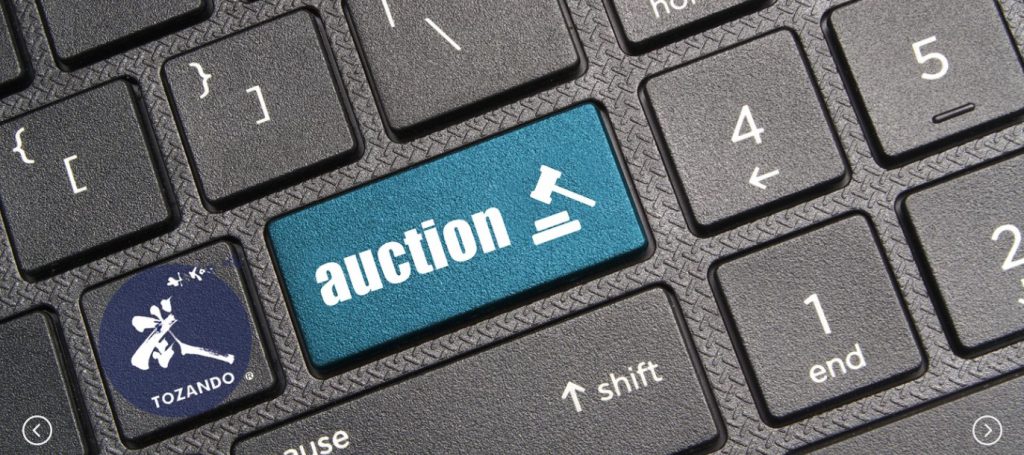
The “double eye” – The Itto School’s teaching to watch the sword point and the fist
Kendo by Takano Sazaburo (1915) is regarded as the first technical textbook for modern kendo. Here I will use the text in this work as the basis and go back and forth in history to introduce teachings on the “eye”. As we go through Kendo, there is a section titled “The use of the eye”. First, as expected, he touches on the saying “Enzan no metsuke”, but after that he writes about “futatsu no metsuke”, or the “double eye”.
“Even as your see your opponents as one body, there are two points you should especially focus on. One is the sword point, the other is the fist.”

As Sazaburo writes “this is called the double eye since old times”, this is a traditional teaching passed down in the Itto school. Further back in time, in the same Itto tradition, Chiba Shusaku writes the following in “Hokushin Itto School 12 Acts”:
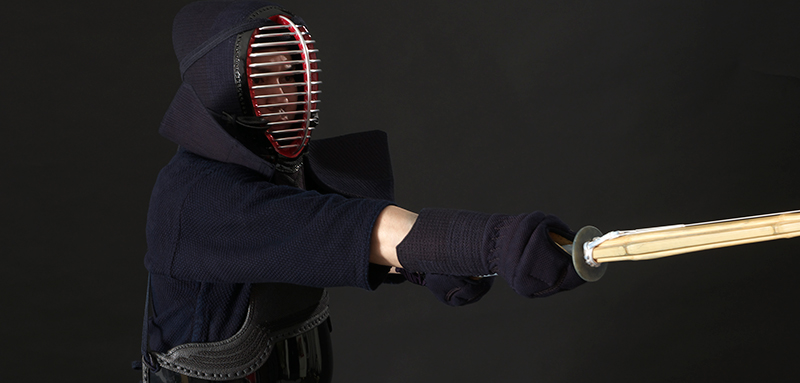
About the double eye. The double eye means there are two eyes with which you look at your foe. As you see your foe in one body, there are two points to look upon. Look at the sword point, and look at the first. These are the two. If the fist does not move, the foe cannot strike. If the sword point does not move, the strike will not succeed. This is the double eye. Further, you should not view your foe so much as to forget about yourself. The double eye should help your know yourself and know your opponent.
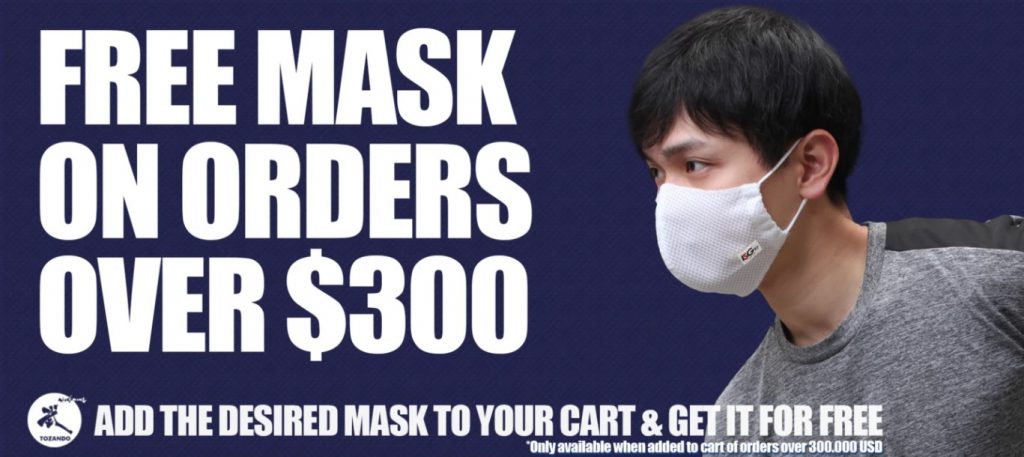
It is a very practical teaching that instructs swordsmen to look at the sword point and the fist. This kind of teaching isn’t heard as much today, but we should indeed take not of such ancient wisdom. Chiba Shusaku also touches on an important mental point about not focusing too much on your opponent as to forget yourself.



